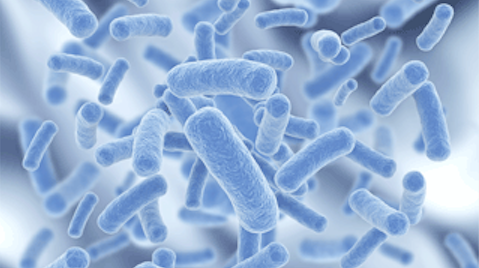Legionnaire's disease, a very serious pulmonary illness, is generally associated with water cooling towers. However, Legionella bacteria (Legionellae) can be found in all types of pipes, including home water systems that have been stagnant for several days. The bacteria can be dangerous when inhaled, for example through droplets or mist from a water-using device. Moreover, cooling towers, showers, atomizers, humidifiers and decorative fountains can produce breathable airborne droplets. This phenomenon has been known and controlled in hospital environments for years.
The confinement measures implemented in response to COVID-19 had a substantial impact, considerably reducing the number of people entering, working in or occupying commercial buildings. Applying the same measures aimed at prevention and control during the various phases of deconfinement is an option that should be seriously considered by property managers.
In the current context, the best means of preventing and controlling Legionella bacteria in water pipes remains maintaining water temperature and conducting periodic purges.
It is strongly recommended that building managers:
- Maintain water heater temperature at 60°C or higher;
- maintain the temperature of hot water pipes at point-of-use temperature, i.e. 55°C or higher;
- conduct a 3-minute purge at maximum flow rate once a week if the risk is low, or up to once a day if the risk is high (presence of vulnerable people, presence of droplets, etc.).
For more about these risks and preventive measures, we encourage you to consult the INSPQ document Gestion des risques associés à la présence de la bactérie Legionellaspp. dans les réseaux d’eau des centres hospitaliers au Québec.

